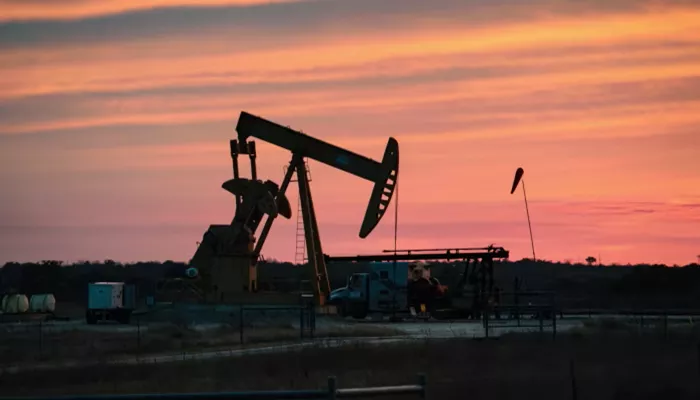The U.S. Energy Information Administration (EIA) forecasts that American oil production will decline next year for the first time since the COVID-19 pandemic, casting doubt on former President Donald Trump’s “energy dominance” ambitions.
According to the EIA’s monthly report released Tuesday, U.S. oil output is expected to fall from a record high of approximately 13.5 million barrels per day (bpd) to around 13.3 million bpd by the end of 2025. This drop is primarily driven by a sharp reduction in the number of active drilling rigs, which the agency notes is “significantly greater” than previously anticipated.
This forecast contrasts with Trump’s campaign pledges made just months ago to “unlock” U.S. oil drilling potential, boost production, and reduce energy prices as part of his re-election platform.
Over the past two decades, a surge in shale oil production transformed the United States into the world’s top oil and gas producer, disrupting global commodity markets and providing stable, low-cost energy for domestic industries.
The last annual decline in production occurred in 2021 during the early pandemic period under Trump’s first term. Since then, production rebounded amid rising oil prices during President Joe Biden’s administration.
The new outlook aligns with shale industry executives’ warnings of mounting pressures. Increased supply from OPEC+ and concerns over the global economic impact of Trump’s trade war have suppressed crude prices.
Industry insiders also point to tariffs on steel and aluminum—key inputs for the oil sector—as factors raising costs and squeezing drilling profits.
Oilfield services firm Baker Hughes reported last week that the number of active U.S. oil rigs dropped by nine in a week to 442, down 50 from the previous year.
On Tuesday, U.S. benchmark West Texas Intermediate crude closed at $64.98 per barrel—17% below this year’s peak and below the break-even prices for many shale producers. The EIA forecasts international oil prices could fall below $60 per barrel by 2026.
“There’s a lot of confusion being created by the current administration. I’m genuinely worried about the lack of a coherent plan,” said Wil VanLoh, head of Quantum Capital Group, one of the largest shale oil and gas investors, at last week’s Energy Capital conference in Houston.
Some analysts predict further steep declines in U.S. oil production in the coming months. S&P Global Commodity Insights said this week that total U.S. oil output could drop by 640,000 bpd between mid-2025 and the end of 2026—a decrease larger than the total output of some OPEC member countries.
Related Topics:
Thai Oil Responds to Sriracha Offshore Spill
Electric Trucks Emerging as Significant Threat to China’s Oil Demand

